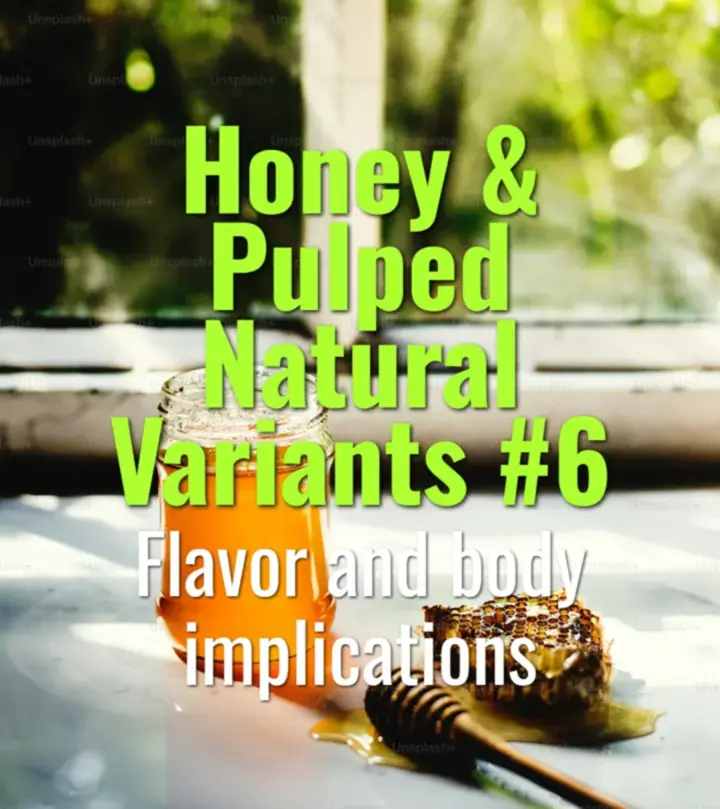
Flavor and body implications
This topic explains how different honey and pulped natural processes influence the flavor and body of coffee, highlighting the spectrum from clean and bright to sweet and syrupy.

This topic explains how different honey and pulped natural processes influence the flavor and body of coffee, highlighting the spectrum from clean and bright to sweet and syrupy.
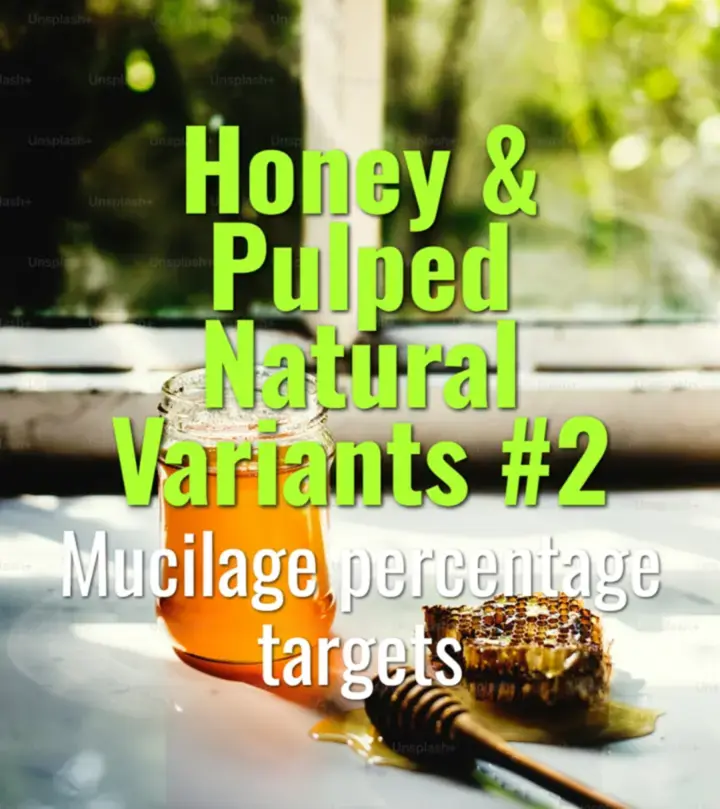
This topic explains how mucilage percentage targets define honey and pulped natural processes, the methods used to control them, and how different levels affect flavor and risk during drying.
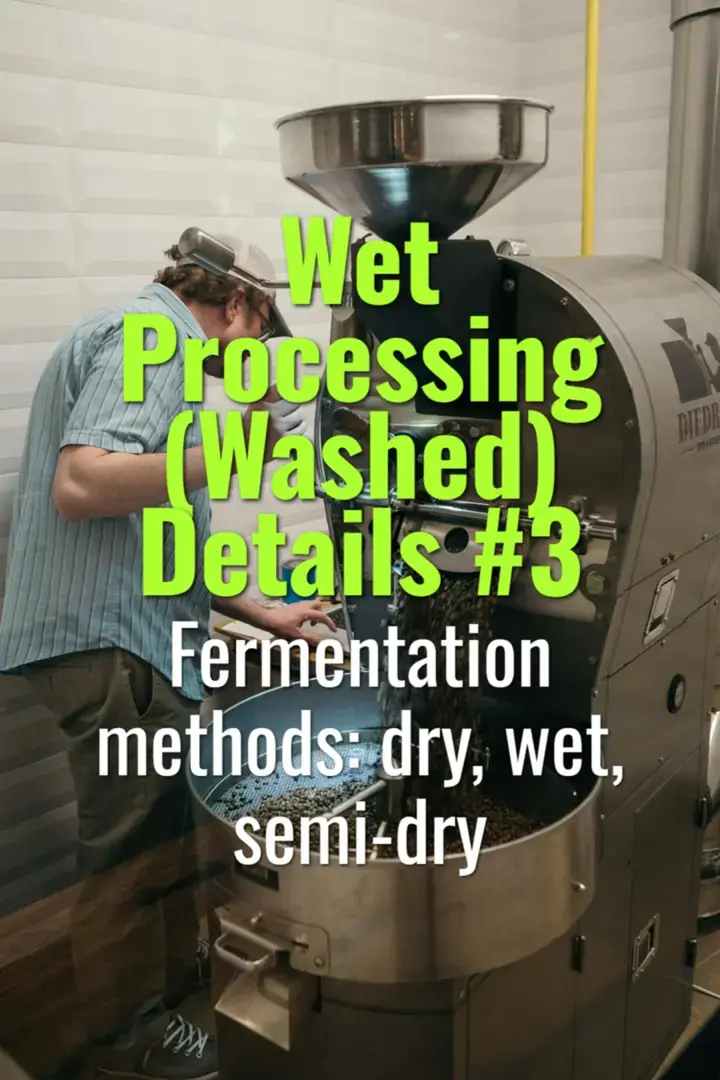
This topic explains the three main fermentation methods used in washed coffee—dry, wet, and semi-dry—how they differ, their effects on processing efficiency, and their influence on flavor outcomes.
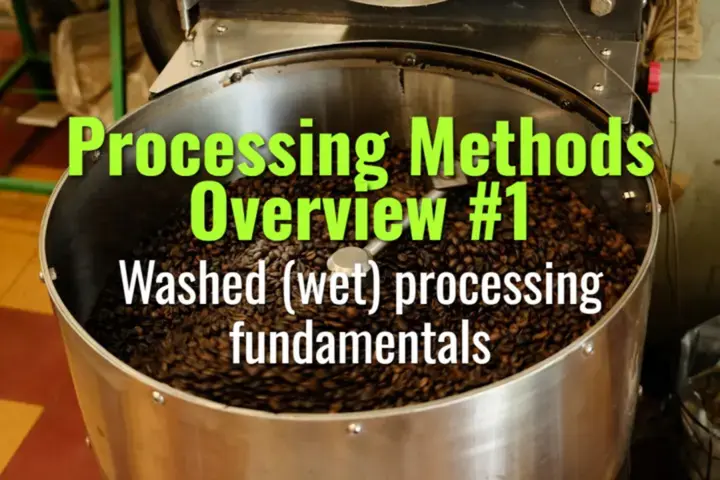
This topic explains the fundamentals of washed (wet) coffee processing, covering the main steps, advantages, challenges, and sensory outcomes of this widely used method.
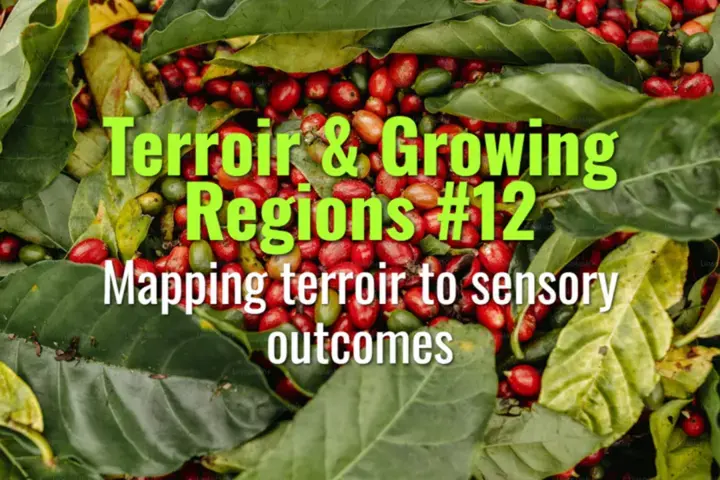
This topic explains how terroir factors such as soil, altitude, climate, and farming practices translate into sensory outcomes in the cup, and how these links are mapped and understood by producers, roasters, and consumers.